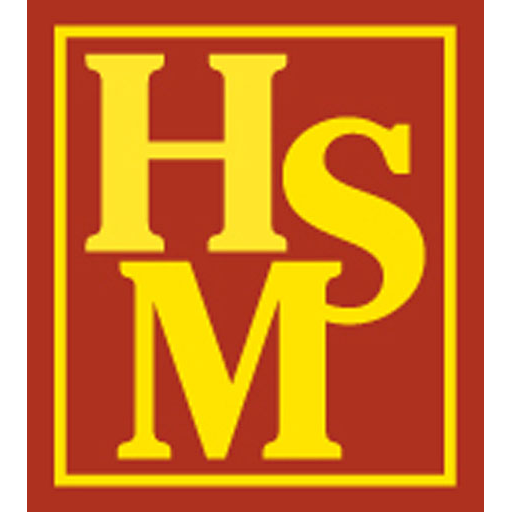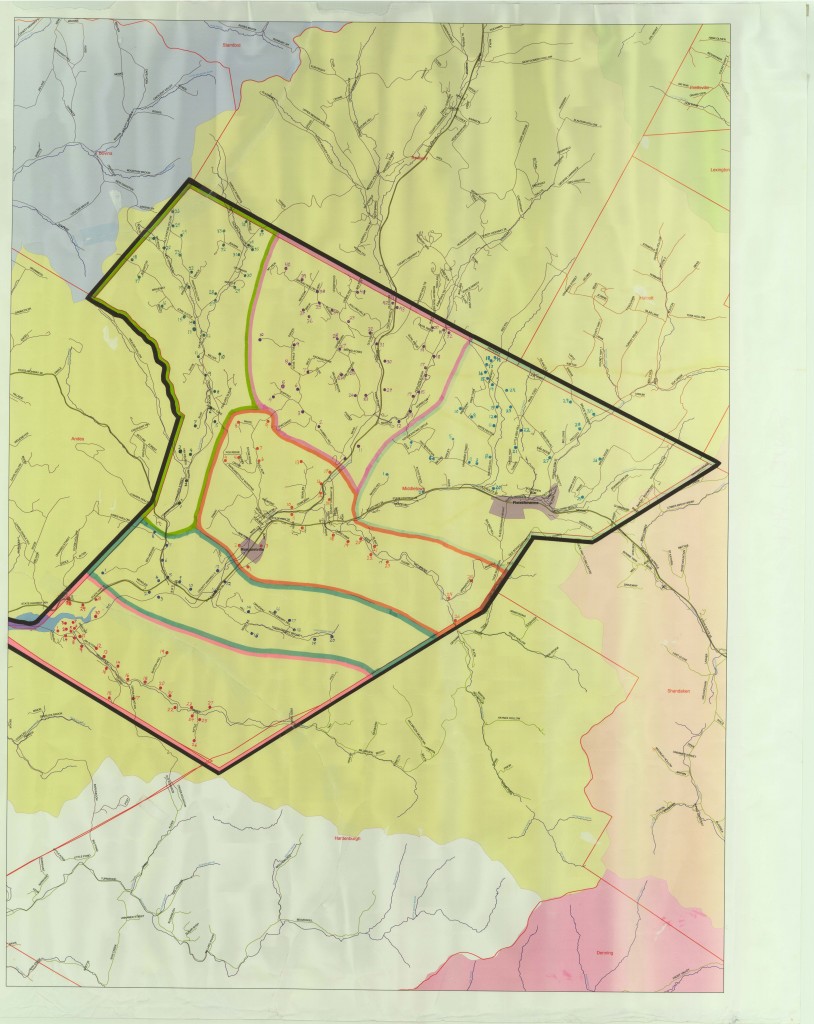HSM offers headstone cleaning
Memorial Day is right around the corner and the Historical Society of the Town of Middletown wants to help you pay tribute to your loved ones by offering a unique headstone cleaning service.
A team of HSM volunteers is ready to clean monuments at cemeteries in and around Middletown this spring, using a safe and very effective cleansing agent and method. A donation of $30 cleans a single one-sided headstone; a $50 donation will clean two headstones or a two-sided monument.
Before-and-after photos will be provided to those who take advantage of this limited time offer.
Send a check and contact information to HSM, PO Box 734, Margaretville, NY 12455. Someone will be in touch to collect details. FMI: 845-586-4973 or history@catskill.net.



